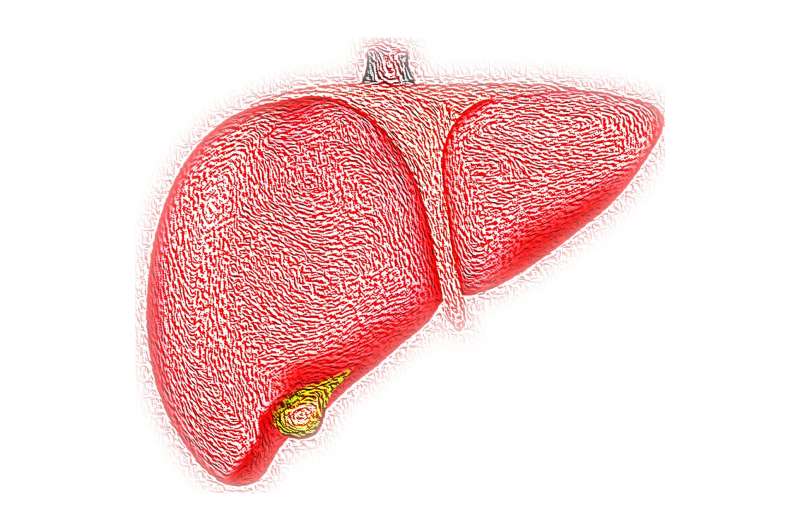Liver cancer diagnoses and deaths impacted by geography and household income

An analysis of information from a large U.S. cancer database indicates that patients with liver cancer from rural regions and lower income households often have more advanced cancer at the time of diagnosis and face a higher risk of death compared with other patients. The findings are published early online in Cancer, a peer-reviewed journal of the American Cancer Society (ACS).
Screening for liver cancer is important for detecting tumors at an early stage, when treatment is most effective. To explore the impact of different factors on liver cancer stage at the time of diagnosis and on survival of patients with the disease, Robert J. Wong, MD, MS, of the Veterans Affairs Palo Alto Health Care System and Stanford University School of Medicine, and his colleagues analyzed the most recently updated Surveillance, Epidemiology and End Results (SEER) cancer database from the National Cancer Institute. This database includes information from 21 U.S. regions, representing approximately 35 percent of the U.S. population.
From 2004 to 2017, there were 83,237 adults with liver cancer, among which 49.1 percent had localized disease at the time of diagnosis and 14.4 percent had advanced disease that had spread.
The team found that compared with patients in large metro areas with a population of more than 1 million people, patients in more rural regions had 10 percent higher odds of having advanced liver cancer at the time of diagnosis and 5 percent higher odds of dying. Also, compared with patients with an annual household income of at least $70,000, patients with an annual household income below $40,000 had 15 percent higher odds of having advanced cancer at the time of diagnosis and 23 percent higher odds of dying.
"While our study could not specifically investigate the reasons for the worse liver cancer outcomes, we hypothesize that patients living in more rural regions and among lower income households likely experience healthcare disparities leading to sub-optimal access to high quality liver disease care, including timely receipt of liver cancer surveillance and access to liver disease specialists," said Dr. Wong. "Our study highlights the need to focus on understanding the drivers of poor liver cancer outcomes among underserved and vulnerable populations, including those in rural geographic regions or among low income households, so that targeted quality improvement interventions can more specifically address the needs of these populations. We also hope that our findings will raise greater awareness of challenges and limited resources that contribute to sub-optimal liver disease care experienced by patients from low-income and rural households."
October is Liver Cancer Awareness Month.
More information: "Hepatocellular carcinoma patients from more rural and lower income households have more advanced tumor stage at diagnosis and significantly higher mortality." Cancer (2020). DOI: 10.1002/cncr.33211



















